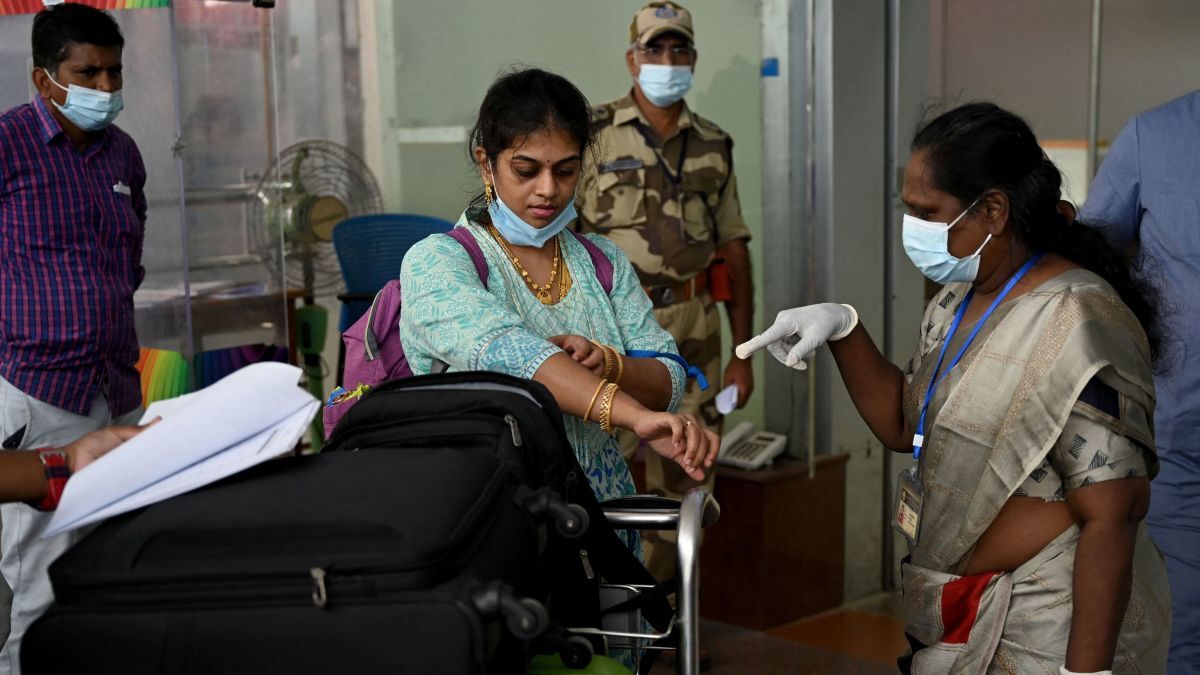Cure without stigma
Unless grey areas around the Monkeypox outbreak are decoded through collaborative research, possibility of another pandemic will keep looming large — triggering panic and spreading misinformation

Even as humans are struggling to find a way out of the lethally devastating Covid-19 pandemic, the World Health Organisation (WHO) declared another viral outbreak — Monkeypox — as Public Health Emergency of International concern (PHEIC) — a step away from being declared a pandemic!
The over-five-decade old viral disease, which was known to be endemic to select African nations, has abruptly spread its tentacles across the globe this year — infecting an astounding 1,600 people and claiming around a dozen lives. Though the disease is old, its unprecedented spread in non-endemic countries is perplexing — leaving even ace health community experts scratching their heads in bewilderment.
Amid this chaos, we need to decode some hidden signs these back-to-back pandemics have to present before us. These are neither wrath of God nor slight, abrupt deflections in normal human lives, as some would conventionally like to believe. So, what are they?
A manifestation of new-age sophistications
The cloud of uncertainty over the origins of Covid-19 pandemic has not yet faded. Not just the unaware masses, but also the experts from most technologically advanced countries are busy substantiating conspiracy theories around possible laboratory preparation of the SARS-CoV-2 virus in Wuhan — two years down the line since the pandemic broke out!
The fact is that the Covid-19 pandemic was most likely the result of zoonotic spillover, and so is the Monkeypox outbreak. In plain terms, the viruses — which particular animals have been withstanding (or perishing to) for ages — are now trespassing in human territory.
To be precise with the wording, it is, in fact, the other way round — we humans have made forays into the animal territory, and that has come to bite us back! This unwanted scenario is compounded by issues like population explosion, climatic aberrations and urbanisation. We know better who to blame for these complications!
This is time we need to shed conspiracy theories and focus on things that matter — lifestyle modification and climate awareness.
Monkeypox profile
Monkeypox virus was first detected in monkeys at Statens Serum Institute in Denmark in 1958. Ever since the first human case was discovered in 1970 in Democratic republic of Congo, it has been a regular occurrence in Central and Western Africa.
Outbreaks outside Africa: Instances of major outbreaks outside Africa have been far and few — with the ones like the 2003 outbreak in the United States having proper traceable reasons. Belonging to the family of variola viruses, monkeypox virus shares wide-ranging similarities with smallpox virus — a disease the world claimed to have got rid of in 1980.
Clades: There have been two prominent clades of the monkeypox virus — Central African clade and the Western African clade, whose fatality rates are 10 per cent and one per cent respectively. Fortunately, results of genome sequencing show that the current outbreak is driven mostly by the Western African clade.
Composition: The major distinction between the genetic composition of monkeypox and SARS-CoV-2 virus is that while the former is a DNA virus (which is bigger and bulkier) the latter is an RNA virus (which is much lighter). This genetic difference has a significant bearing on transmission and mutation patterns of both the viruses.
Transmission and mutation: Monkeypox virus spreads through close physical contact with infected animals and their body fluids; or through close physical (and presumably sexual) contact with infected humans, their body fluids, lesions and contaminated articles like clothes and bedsheets. The bulky composition of the virus limits its spread through air droplets. It also limits its mutative capabilities — meaning that the monkeypox virus cannot change forms as quickly as the SARS-Cov-2.
The unknowns
Surprisingly, many of the infected persons this year are found to have travel history to North America, and not Africa. This is particularly strange. Global health experts are struggling to track the transmission chain. Notably, monkeypox in itself is not a cause of shock. It is its unconventional transmission chain, and the lack of knowledge around it, that have made it grab global headlines.
Furthermore, the predominant transmission of the virus in gay and MSM communities remains scientifically inexplicable, yet. Health experts are answering questions around these trends in vague terms, through multiple theories and speculations. Unless concrete answers are found, monkeypox — on account of unsolved mysteries around it — should be considered as a serious threat. While the mysteries are solved, extreme caution should be exercised by one and all, without creating panic.
Way forward
Foremost, countries should utilise WHO's PHEIC categorisation of the monkeypox virus to facilitate exchange of information and research. The wealth of knowledge African health experts have accumulated on account of their handling of the disease over decades can be ignored by other nations only to lead the world on a perilous path.
The PHEIC declaration also aims at increasing collaboration to ensure equitable distribution of the vaccines that are known to provide protection against the virus. Monkeypox's swift categorisation as PHEIC will make sense only if success on this front is achieved.
Furthermore, to avert the kind of misinformation crisis the world witnessed during the Covid-19 pandemic, rigorous awareness campaigns and debunking programmes need to be undertaken.
Views expressed are personal



